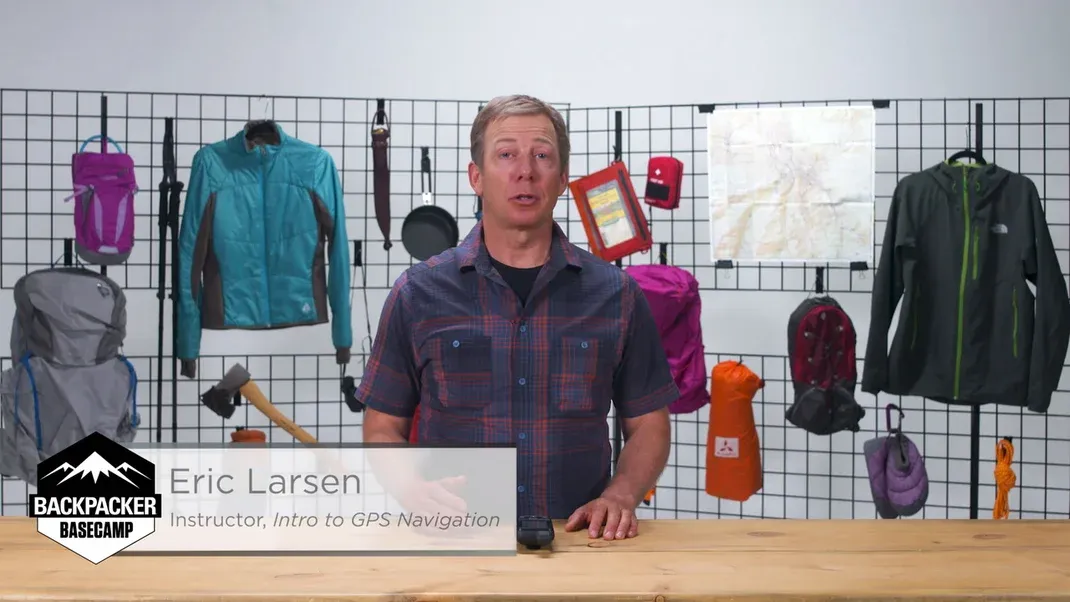NAVIGATION – DESERT
Navigation in the desert requires careful planning and attention to detail. With vast expanses of open space and few landmarks, getting lost in the desert can be a dangerous and life-threatening situation. Navigating the desert involves using tools such as maps, compasses, and GPS devices to determine direction and distance. Understanding natural indicators such as the position of the sun and stars, as well as the behavior of wildlife, can also help in finding one's way. It's essential to stay hydrated, carry enough supplies, and communicate with others about your planned route. Navigating the desert requires a combination of knowledge, preparation, and resourcefulness.

The desert is a vast and unforgiving landscape, where the scorching sun beats down relentlessly, and the shifting sands can disorient even the most experienced travelers. Navigating through such a harsh and challenging environment requires specialized skills and knowledge, as well as a keen understanding of the unique features and hazards of the desert terrain.
In the desert, traditional methods of navigation such as using a compass or map may not always be reliable, as the extreme heat and harsh conditions can affect the accuracy of these instruments. Instead, desert navigation often relies on a combination of natural landmarks, celestial bodies, and the knowledge of local terrain to guide travelers safely through the arid landscape.
One of the most important skills for desert navigation is the ability to read the natural signs and features of the environment. This includes understanding the different types of sand dunes, rock formations, and vegetation, as well as recognizing the subtle changes in the landscape that can indicate the presence of water or other vital resources.
For example, the shape and orientation of sand dunes can provide valuable information about the prevailing wind direction, which can be used to determine a general sense of direction. Additionally, certain types of plants and trees are indicative of the presence of water sources, such as oases or dry riverbeds, and knowledge of these indicators can be crucial for survival in the desert.
In addition to reading the terrain, desert navigation also relies on the use of celestial bodies for orientation. The sun, moon, and stars can all provide valuable information about direction and time, which is essential for staying on course and avoiding becoming lost in the vast expanse of the desert.
During the day, the position of the sun can be used to determine the cardinal directions, while at night, the stars and moon can provide a more precise means of navigation. By familiarizing themselves with the patterns of the night sky, desert travelers can use constellations and other celestial bodies as reference points to help them stay on track.
Another important aspect of desert navigation is the ability to track time and distance. In the absence of traditional landmarks, travelers in the desert must rely on their own pace and estimation to gauge their progress and stay on course. This requires a keen awareness of one's surroundings and the ability to make accurate judgments about distance and time, even in the absence of familiar markers.
In addition to these traditional methods of navigation, modern technology has also become an important tool for desert travelers. GPS devices and satellite communication can provide valuable assistance in navigating through the desert, especially in emergency situations or when traveling through particularly challenging terrain.
However, it's important to note that technology should not be relied upon as the sole means of navigation in the desert, as it can be prone to failure or malfunction in such extreme conditions. Instead, it should be used as a complement to traditional navigation methods, providing an additional layer of security and assistance when needed.
Despite the challenges of navigating through the desert, the landscape also offers its own unique rewards and opportunities for exploration. The vast, open spaces and dramatic natural features of the desert can be awe-inspiring and captivating, and traveling through such a remote and untamed environment can be a deeply enriching experience for those who are prepared and equipped to do so.
In conclusion, navigating through the desert is a complex and challenging endeavor that requires a combination of specialized skills, knowledge, and experience. By understanding the natural features of the environment, using celestial bodies for orientation, and relying on a combination of traditional and modern navigation methods, travelers can safely and confidently explore the vast and remarkable landscape of the desert. And while the desert presents many obstacles, it also offers the chance for profound and unforgettable experiences for those who are willing to take on the adventure.






